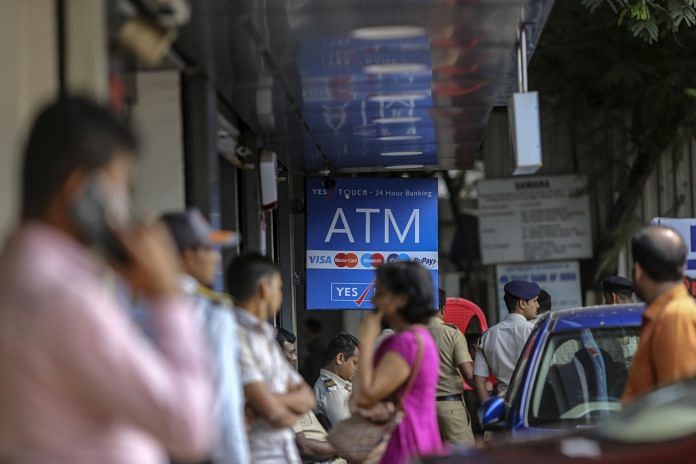New Delhi: Former Indian central banker Rakesh Mohan warned of looming financial instability in India’s already struggling banking sector, citing the growing divergence between the pain in the real economy and the exuberance in the capital markets.
Mohan, who served as deputy governor of the Reserve Bank of India twice between 2002 and 2009, said loan growth has mostly been sluggish in the economy despite the RBI’s recent measures to boost flow of bank credit. The only exception was credit to small- and medium-sized enterprises, he wrote in a paper published by the Centre for Social and Economic Progress.
“Hence there is a mismatch between the performance of the real sector and financial markets,” Mohan said. “This could potentially lead to enhanced stresses experienced by both lenders and borrowers, leading to potential financial instability.”
His views come days before the central bank releases its bi-annual Financial Stability Report, which will give investors a clearer picture on how India’s banking sector is dealing with an economic downturn. The country has one of the biggest piles of soured credit among major economies and a crisis in the shadow banking sector culminated in the rescue of two lenders and bankruptcy of two more over the past couple of years.
Despite those struggles, strategists expect India’s marquee lenders to withstand the impact of two waves of virus infections on the economy thanks to robust provisioning and new measures that will allow them to hide the true extent of their bad loans through 2022. That may boost the sector’s performance — which has been middle-of-the pack this quarter — in an equity market that’s looking beyond the economic impact of the pandemic’s second wave as the index hits record highs.
In its annual report last month, the central bank flagged risks from a widening gap between asset prices relative to the weak real economy. Taking into account the rally in the Indian stock markets, the RBI said: “This order of asset price inflation in the context of the estimated 8% contraction in GDP in 2020-21 poses the risk of a bubble.”-Bloomberg
Also read: Rs 1,355 cr — how much oil PSUs have given temple towns, PM Cares, Statue of Unity as CSR






